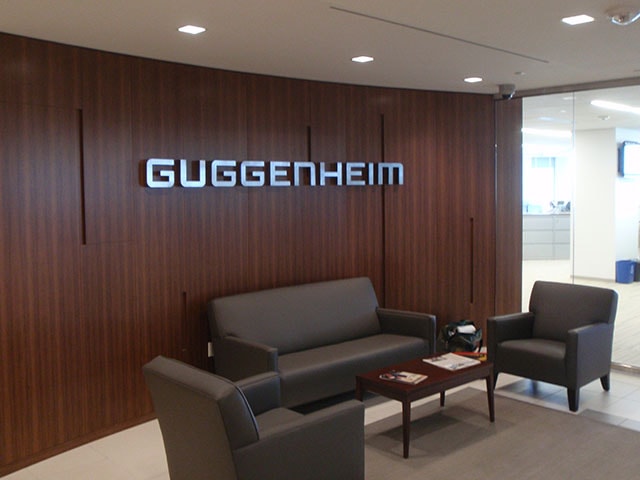
Indoor signs
1/24/2024
In today's world of design and architecture, innovation and technology go hand in hand. One such technological marvel that has transformed the way we perceive and experience built environments is LED displays.
These vibrant and energy-efficient light-emitting diode screens have become a game-changer in architectural illumination, pushing the boundaries of what was once thought possible.
From towering skyscrapers to grand shopping centers and immersive public spaces, LED displays have revolutionized the way we interact with our surroundings, adding a new layer of dynamic and captivating visual storytelling.
LED displays contribute to architectural innovation through illumination in several ways:
Aesthetic Possibilities: LED technology has revolutionized architectural lighting design by providing architects and lighting designers with a wide range of aesthetic possibilities. LEDs can create dramatic accent lighting, sleek and modern designs, and custom form factors specific to a project.
Energy Efficiency: LED lights are highly energy-efficient compared to traditional lighting sources. They consume less power while providing the same or even higher illumination levels. This allows architects to incorporate LED displays into their designs without worrying about excessive energy consumption.
Versatility: LED lights offer unparalleled versatility, allowing architects to unleash their creativity and bring their architectural visions to life. LEDs can be easily programmed and controlled to produce dynamic lighting effects, changing colors, and even interactive displays, adding a new dimension to architectural designs.
Customization: LED displays can be customized to fit specific architectural requirements. Lighting designers and engineers can collaborate to develop unique lighting solutions that enhance the architectural features of a building or space. Architectural lighting design can be more creative and innovative with this level of adjustability.
Improved Technology: Over time, LED technology has improved significantly, becoming smaller, brighter, and more affordable. These advancements have made it easier for architects to integrate LED displays into their designs, whether it's for indoor or outdoor applications. The evolution of indoor LED display technology has allowed for more creative and impactful architectural lighting installations.
LED displays contribute to architectural innovation through illumination by offering aesthetic possibilities, energy efficiency, versatility, customization options, and improved technology. These advancements in LED lighting technology have opened up new avenues for creativity and expression in architectural design.
What are the key benefits of using LED technology for architectural lighting display?
Energy Efficiency: LED technology consumes significantly less energy than traditional lighting sources, reducing operating costs and environmental impact.
Longevity: LEDs have an impressive lifespan, ensuring minimal maintenance and replacement costs.
Vivid Colors: LED displays offer a wide spectrum of colors and can produce vibrant, eye-catching visuals that traditional lighting cannot match.
Flexibility: LEDs can be easily customized to fit specific architectural designs and project requirements.
Low Heat Emission: Unlike incandescent bulbs, LEDs emit very little heat, making them safe for use near architectural elements.
Yes, businesses can find professional providers for customized LED architectural displays that can design and build LED displays to suit specific business needs. These providers are seasoned in creating unique LED solutions tailored to the company's branding, architectural aspects, and aesthetic preferences. They employ experienced engineers, designers, and technicians who meticulously understand the client's vision and translate that into a distinctive LED display that truly stands out. These professionals utilize advanced technology and innovative design methodologies to deliver architectural LED solutions that illuminate the space and enhance the business premises' overall appeal.
Thus, businesses seeking architectural innovation in illumination can confidently rely on these specialized providers to bring their vision to life.
Purpose and Goals: Define the purpose of the LED display (e.g., branding, aesthetics, information dissemination) and the specific goals it should achieve.
Location and Placement: Determine the ideal location and placement of the LED display to maximize visibility and impact.
Content and Interactivity: Plan the content and level of interactivity the LED display will offer to engage the target audience effectively.
Integration with Architecture: Ensure that the LED display seamlessly integrates with the architectural design, both aesthetically and structurally.
Regulatory Compliance: Comply with local regulations and permits for outdoor LED displays, including brightness, size, and zoning restrictions.
Organizations seeking high-quality LED displays for architectural applications can explore various options:
Specialized Providers: Professional companies specializing in LED architectural displays, like Sign By Tomorrow Rock Hill, offer expertise in design, manufacturing, and installation.
Technology Manufacturers: Reputable LED technology manufacturers often supply architectural-grade LED displays suitable for customization and integration into architectural projects.
Consulting with Experts: Architects and designers can consult with experts to identify the most suitable LED display solutions for their projects.
LED displays have revolutionized architectural illumination, offering many possibilities for innovation and creativity. The benefits of LED technology, coupled with the availability of professional providers, make it a viable choice for businesses and architects looking to elevate their architectural designs through captivating and dynamic lighting displays.
With careful planning and customization, LED displays can turn architectural visions into stunning realities, leaving a lasting impression on the built environment and its viewers.
LED displays have become a game-changer in today's architectural scene, bringing buildings to life with vibrant colors and dynamic visuals. But where can architectural firms source these high-quality LED displays?
The answer is right here at Signs by Tomorrow Rock Hill. As a leading provider in the industry, we equip organizations with state-of-the-art LED displays that elevate architectural designs to new heights.
At Signs By Tomorrow Rock Hill, we understand the unique needs of architectural firms. Our solutions are not off-the-shelf; instead, we provide custom-made LED displays tailored to the specific requirements of your project.
Our team of experts works closely with clients to understand the architecture's design and purpose, ensuring that the LED integration enhances rather than detracts from the building's aesthetics. Contact us for more information!
At Sign By Tomorrow Rock Hill, we recognize the immense potential of LED technology in elevating architectural aesthetics through illumination. In this article, we'll delve into how LED displays contribute to architectural innovation and explore the benefits, customization options, considerations, and sourcing possibilities associated with LED architectural displays.